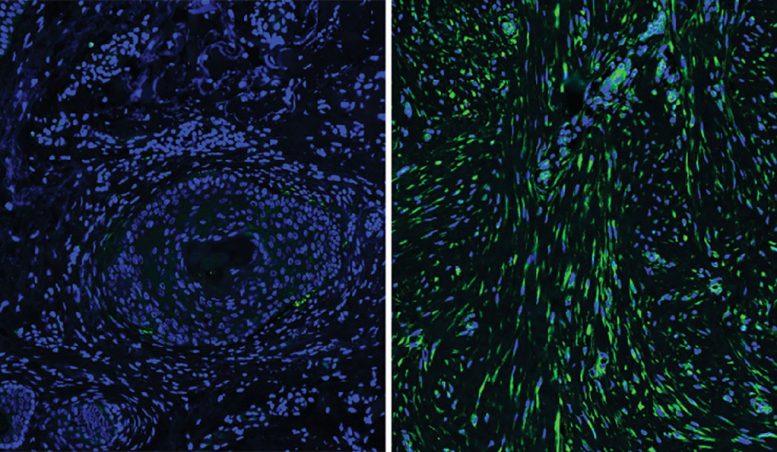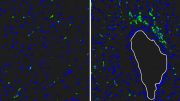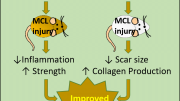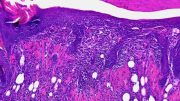Differences in the cells that give skin its resilience and strength during wound repair may explain why individuals heal differently, according to a new Yale study published November 23 in the journal Science.
Fibroblasts, the cells that form the protein structure beneath the surface of the skin, were once thought to be fairly uniform in their function. However, the new study found that subsets of fibroblasts may explain why skin regeneration is less robust in older people and how certain types of scars form.
“These subsets of cells may explain different healing potentials in different people,” said senior author Valerie Horsley, associate professor of molecular, cellular, and developmental biology.
Horsley and first author Brett Shook studied the genetics of fibroblasts and looked at their effects in mice and humans and found multiple differences in how these cells respond to injury and changes that occur during aging. For instance, after injury, a subset of fibroblasts that normally produce adipocytes, or fat cells, start forming scar tissue to repair the skin tissue. Interestingly, say the researchers, these cells are reduced in human skin compared to mouse skin, which may explain why scars are more prevalent in people than mice.
The study also identified the essential role of immune cells called macrophages in not only fighting infection but also healing wounds and scar formation. Macrophages that appear at the peak of tissue regeneration can selectively signal to a subset of fibroblasts. Human scar tissue contains more macrophages and fibroblast subsets and both populations are reduced in poorly healing wounds from aged mice.
“By identifying functionally distinct populations of skin cells and revealing the signals that control their behavior, we hope to develop new targeted therapies for the treatment of defective wound healing and scar formation,” Shook said.
Reference: “Myofibroblast proliferation and heterogeneity are supported by macrophages during skin repair” by Brett A. Shook, Renee R. Wasko, Guillermo C. Rivera-Gonzalez, Emilio Salazar-Gatzimas, Francesc López-Giráldez, Biraja C. Dash, Andrés R. Muñoz-Rojas, Krystal D. Aultman, Rachel K. Zwick, Vivian Lei, Jack L. Arbiser, Kathryn Miller-Jensen, Damon A. Clark, Henry C. Hsia And Valerie Horsley, 23 November 2018, Science.
DOI: 10.1126/science.aar2971










Brains of people at risk of psychosis exhibit a pattern that can help predict whether they will go on to develop full-fledged schizophrenia, a new Yale-led study shows.
A microscopic comparison between normal skin (left) and scarred skin.
I broke 6 vertebrate in my back,all of my ribs. My neck was broken and my faceplate,hand plus clavicle. I was able to work exactly 9 weeks exactly to the day. Now I have a broken shoulder (4 pieces) and still no surgeries.
I’m 54
I take (NO) drugs. Pain inflammation ext. I heal faster than people half my age. And I can prove it on my chart com. I have medical proof.